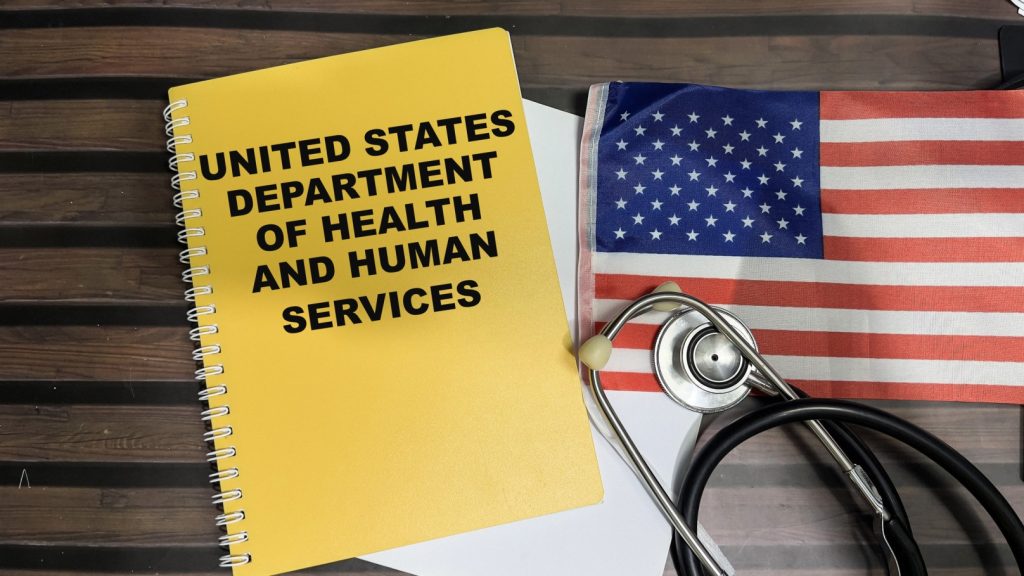multiethnic
Region of origin and cervical cancer stage in multiethnic Hispanic/Latinx patients living in the United States
Abstract
Background
Hispanic/Latinx people have the second highest cervical cancer incidence rates in the U.S. However, there is a lack of disaggre...
The Role of Health Insurance Type and Clinic Visit on Hypertension Status Among Multiethnic Chicago Residents
Purpose:
To investigate the joint relationship of health insurance and clinic visit with hypertension among underserved populations....
Assessment of Oral Human Papillomavirus Prevalence in Pediatric and Adult Patients within a Multi-Ethnic Clinic Population
Introduction:
Human papillomavirus (HPV) encompasses a large family of oncogenic viruses responsible for increasing rates of both ce...
Joint Associations of Race, Ethnicity, and Socioeconomic Status With Mortality in the Multiethnic Cohort Study
Importance:
Socioeconomic status may help delineate racial and ethnic inequities in mortality.
Objective:
...
Change in the inflammatory potential of diet over 10 years and subsequent mortality: the Multiethnic Cohort Study
Dietary inflammatory potential assessed by the Dietary Inflammatory Index (DII®) has been associated with health outcomes. However, longitudinal ch...
Reducing healthcare disparities using multiple multiethnic data distributions with fine-tuning of transfer learning
doi: 10.1093/bib/bbac078.
Online ahead of print.
Affiliations
Expand
...
Trending Topics
Features
- Drive Toolkit
Download and distribute powerful vaccination QI resources for your community.
- Health Champions
Sign up now to support health equity and sustainable health outcomes in your community.
- Cancer Early Detection
MCED tests use a simple blood draw to screen for many kinds of cancer at once.
- PR
FYHN is a bridge connecting health information providers to BIPOC communities in a trusted environment.
- Medicare
Discover an honest look at our Medicare system.
- Alliance for Representative Clinical Trials
ARC was launched to create a network of community clinicians to diversify and bring clinical trials to communities of color and other communities that have been underrepresented.
- Reducing Patient Risk
The single most important purpose of our healthcare system is to reduce patient risk for an acute event.






















